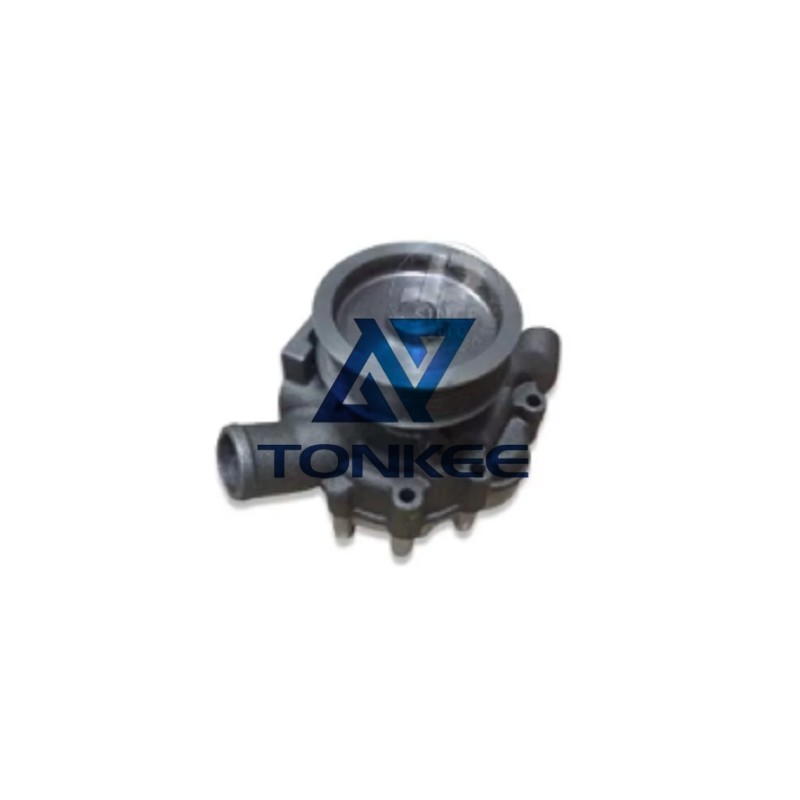
Flow Rate: The water pump is responsible for circulating a specific volume of coolant per minute.
This flow rate ensures that the engine's components are adequately cooled. The E325D's water pump is designed to handle a substantial flow rate to manage the engine's heat effectively.
Material: The water pump is typically made of durable materials, such as cast iron or aluminum, to withstand the demanding conditions of a construction site. The choice of material is critical to ensure longevity and reliability.
Impeller Design: The water pump features an impeller that propels the coolant through the system. The impeller design is optimized for efficiency, ensuring that the coolant circulates effectively to maintain the engine's temperature.
Bearings and Seals: High-quality bearings and seals are used to minimize the risk of leaks and ensure smooth operation. This is vital to prevent coolant loss and maintain the cooling system's integrity.
Belt Drive: The water pump is typically belt-driven, meaning it relies on the excavator's engine to power its operation. This is a standard design in most construction equipment.
The water pump in the E325D excavator is just one part of the engine's cooling system. Other engine parts that work in conjunction with the water pump to maintain the engine's temperature include:
Radiator: The radiator is a heat exchange component that helps dissipate the heat from the coolant.
It features a network of tubes and fins that allow air to cool the hot coolant before it returns to the engine.
Thermostat: The thermostat regulates the flow of coolant to ensure that the engine maintains the desired operating temperature. It opens and closes in response to the engine's temperature.
Coolant Reservoir: This component provides a place for excess coolant to expand and contract as the engine heats up and cools down. It also allows for easy monitoring and topping up of the coolant level.
Fan and Fan Clutch: The fan is responsible for drawing air through the radiator to enhance cooling. The fan clutch controls its engagement based on the engine's temperature.
Hoses and Piping: These are critical for carrying coolant between various components of the cooling system.



 English
English Русский язык
Русский язык



